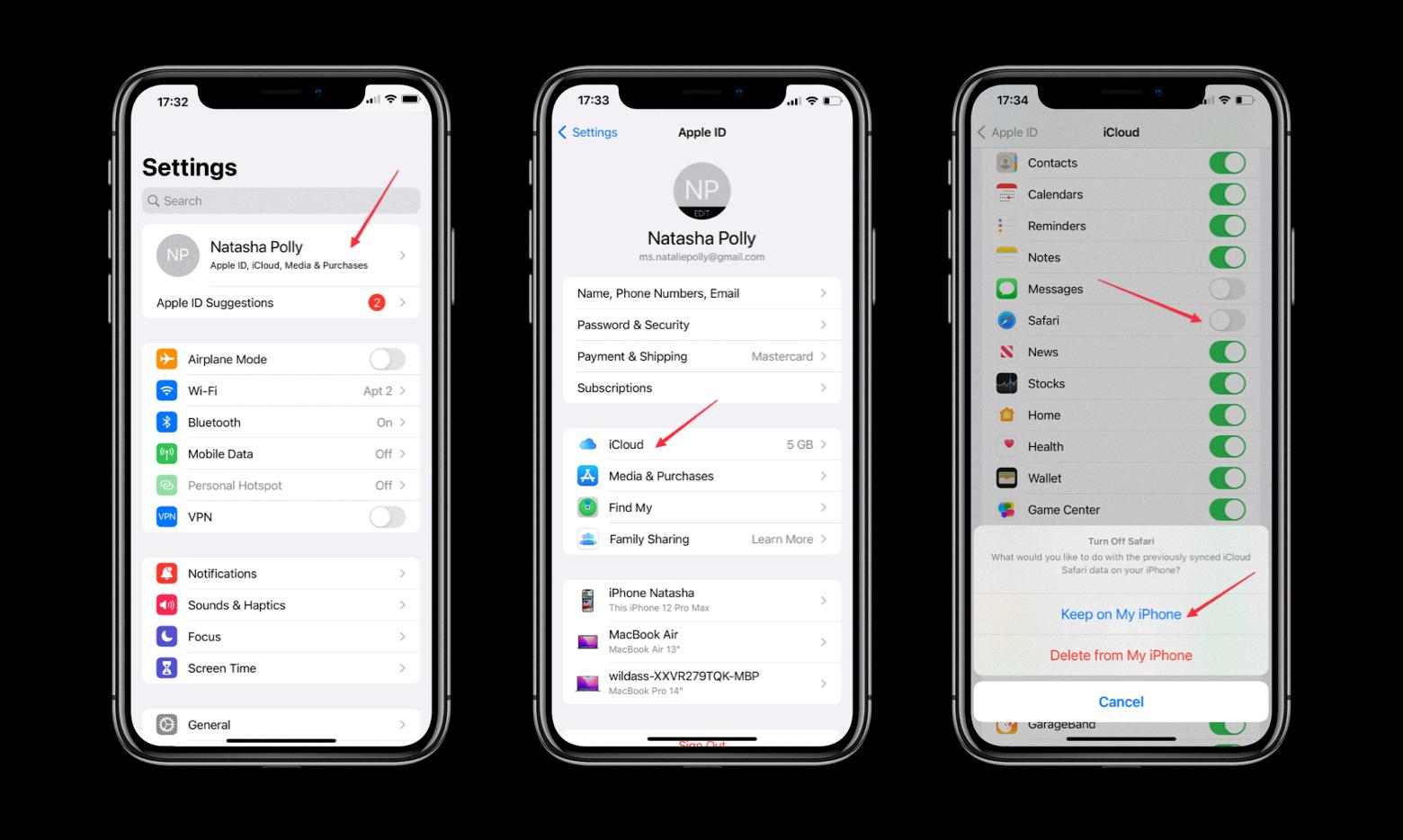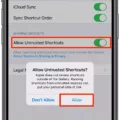Are you looking for a way to delete your browsing history from iCloud? With the help of iCloud, users can sync their data across multiple devices, including their iPhone, iPad, and Mac. iCloud stores all sorts of data including your browsing history, so if you want to make sure that your browsing activity is not tracked or stored on iCloud, then it’s important to delete it regularly.
In this blog post, we’ll explain how you can delete your browsing history from iCloud. We’ll also provide some tips on how to keep your browsing activities private and secure.
First of all, let’s start with the basics – what is iCloud? In simple terms, iCloud is Apple’s cloud storage service which allows users to store their data and access it from any Apple device with an internet connection. This includes your contacts, calendar events, photos, and videos as well as browser history.
When it comes to deleting your browsing history from iCloud, the process is quite straightforward – all you need to do is open up the Settings app on your iOS device or Mac computer and navigate to the “iCloud” option. Once there, select “Safari” followed by “Delete History & Website Data. Confirm this action by tapping “Delete History & Data” again in the popup window that appears on the screen. That’s it!
It’s important to note that this will only delete your Safari browser history from the device itself – it won’t delete any information stored on Apple servers (iCloud). To do this you will need to sign in to icloud.com from a web browser and select “Settings” followed by “Manage Storage” then find “Safari” in the list of applications and choose “Clear Data”. This will permanently remove any information associated with Safari from Apple’s servers including bookmarks and search history.
We highly recommend regularly clearing out your Safari browser history as well as other data stored in iCloud in order to maintain privacy and security online. This will help ensure that no unwanted eyes are able to access your personal information or track what websites you visit online.
We hope this blog post has been helpful in explaining how you can delete browsing history from iCloud safely and securely!
Deleting Search History on iCloud
To delete your search history on iCloud, first, go to Settings > [Your Name] > iCloud. Scroll down and turn off Safari, then tap Keep on My iPhone. Next, open the Safari app and go to its settings. Tap Clear History and Website Data to remove all of your browsing histories from iCloud.
Does iCloud Store Browsing History?
Yes, browsing history is stored in iCloud. iCloud stores your browsing history, website data, and other information from Safari so that you can access it on all of your devices. When you use Safari on any of your devices, the data will be synced to iCloud and then shared with all of your other Apple devices. This allows you to access the same browsing history across all your devices. However, you can also choose to turn off syncing for Safari in iCloud settings if you don’t want this data to be shared with other devices.
Permanently Deleting Items from iCloud
Yes, you can permanently delete items from iCloud. To do this, go to iCloud.com and sign in with your Apple ID. Once you’re signed in, select iCloud Drive from the list of apps. Then click the Recently Deleted folder on the left side of the window, and click Delete All in the top right corner. This will permanently remove deleted files from iCloud Drive and free up space in your iCloud storage. Please note that once files are removed from the Recently Deleted folder, they cannot be recovered or restored.
Does Deleting Safari History Delete From iCloud?
Yes, deleting Safari history from your Mac will also delete the browsing history from iCloud. If your Mac and other Apple devices have Safari turned on in iCloud settings, then when you delete your browsing history from your Mac, it will be removed from all of them. This includes any tabs you have open in Safari, as well as your search and browsing history.

Source: setapp.com
Viewing Browsing History on iCloud
To find your browsing history on iCloud, you’ll need to have Safari turned on in your iCloud settings. On a Mac, open Safari and select History > Show All History. You can then search for specific pages or website visits in the search field at the top of the window. On an iPhone, go to Settings > Apple ID > Tap iCloud > Turn Safari on. Once you’ve done this, all of your browsing histories will be synced with iCloud and you can access it from any device signed into your Apple ID.
Retention of Safari History on iCloud
Apple now appears to store browsing data in iCloud for up to two weeks. This includes any items that have been cleared from Safari’s browser history. After two weeks, Apple appears to delete this browsing data, or at least make it invisible to tools like Phone Breaker. It is important to note that while this data is stored in iCloud, it may still be accessible through other means such as the Apple ID account or an external device.
Deleting Items from the Cloud
Deleting items from the cloud is a simple process. First, you need to access the Google Cloud Console and go to the Cloud Storage Buckets page. From there, find the bucket that contains the object you want to delete, and then navigate to the objects. Once you have located the items, click on the checkbox for each one that you want to delete. To confirm your action and actually delete them from your cloud, click on ‘Delete’ at the top of the page. You can also empty a bucket by selecting all items in it and deleting them in one action.
Conclusion
In conclusion, iCloud is an invaluable tool that helps you store and sync important documents, photos, videos, music, and other files across all your devices. It also helps you keep track of your Safari browsing history, although it can be cleared or deleted from the service after two weeks. With iCloud, you can easily access and share data between Apple devices, and enjoy a secure backup for all your files. Therefore, it is a great way to ensure that your data is stored safely and is always available.








